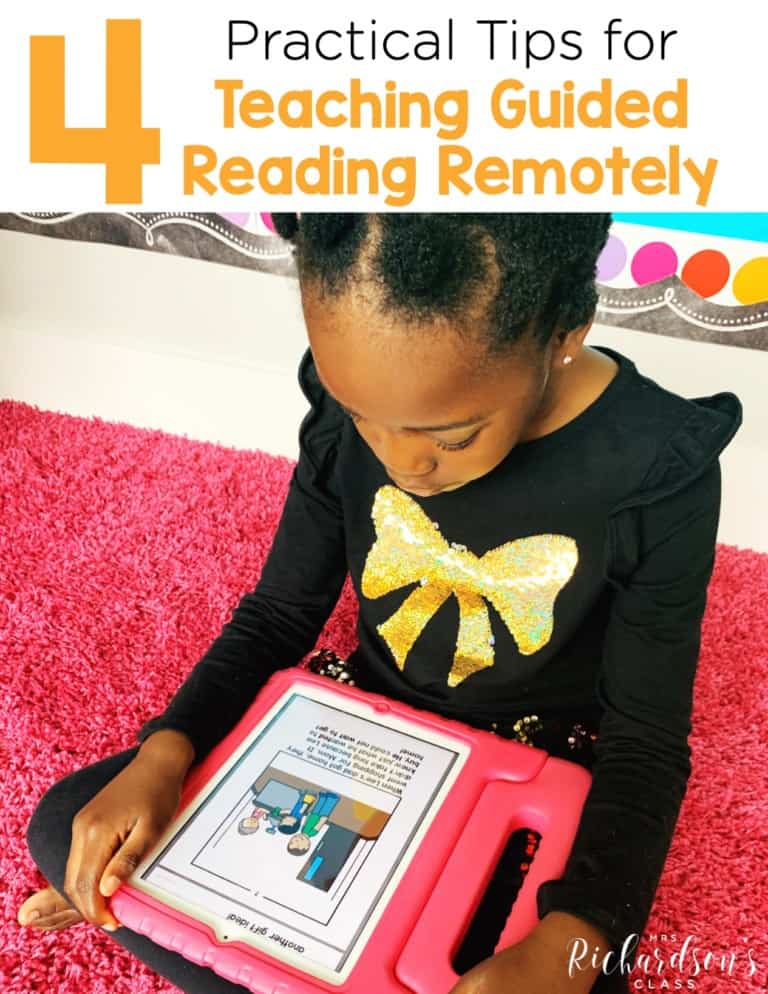

One of the balanced literacy components my students always loved was shared reading. They loved getting to read fun poems, read big books, and sing songs. I loved the opportunity to model fluent reading and how to think like a reader. As distance learning for many is beginning this fall, I wanted to take a look at how to do virtual shared reading.
Just because you may not have physical students in front of you, they can still greatly benefit from shared reading. Virtual shared reading will be slightly different than our regular in-person shared reading, but the benefits and enjoyment will be the same!
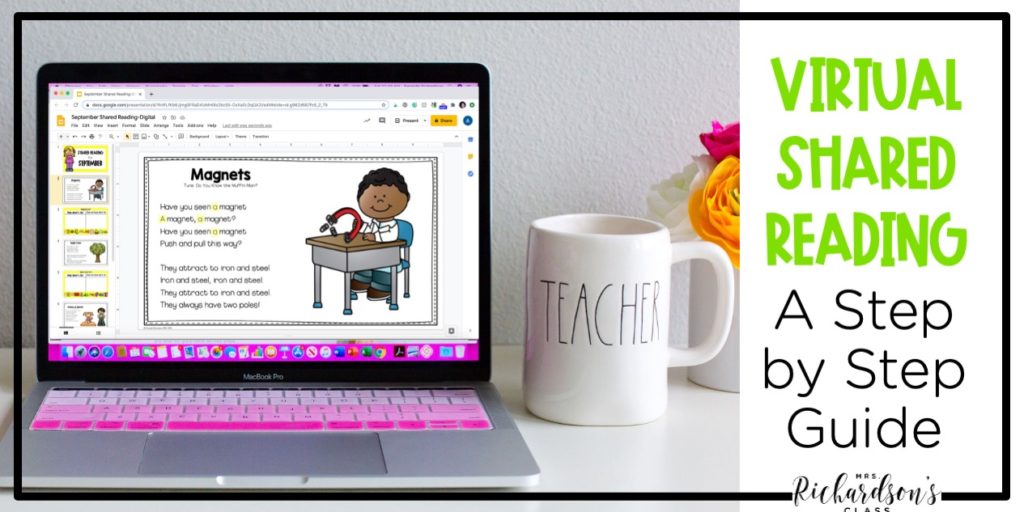
You can choose any song, poem, or big book that you think would be a good fit for your class. Some things to consider are:
In kindergarten, I loved to use mostly songs and poems. Then, in first grade, I transitioned more to big books. You can use shared reading time to integrate any themes you might be teaching or to easily integrate science topics throughout the day.
If you have favorite poems from years past, just pull those out, type them up into a Google Slide, and you’ll be set!
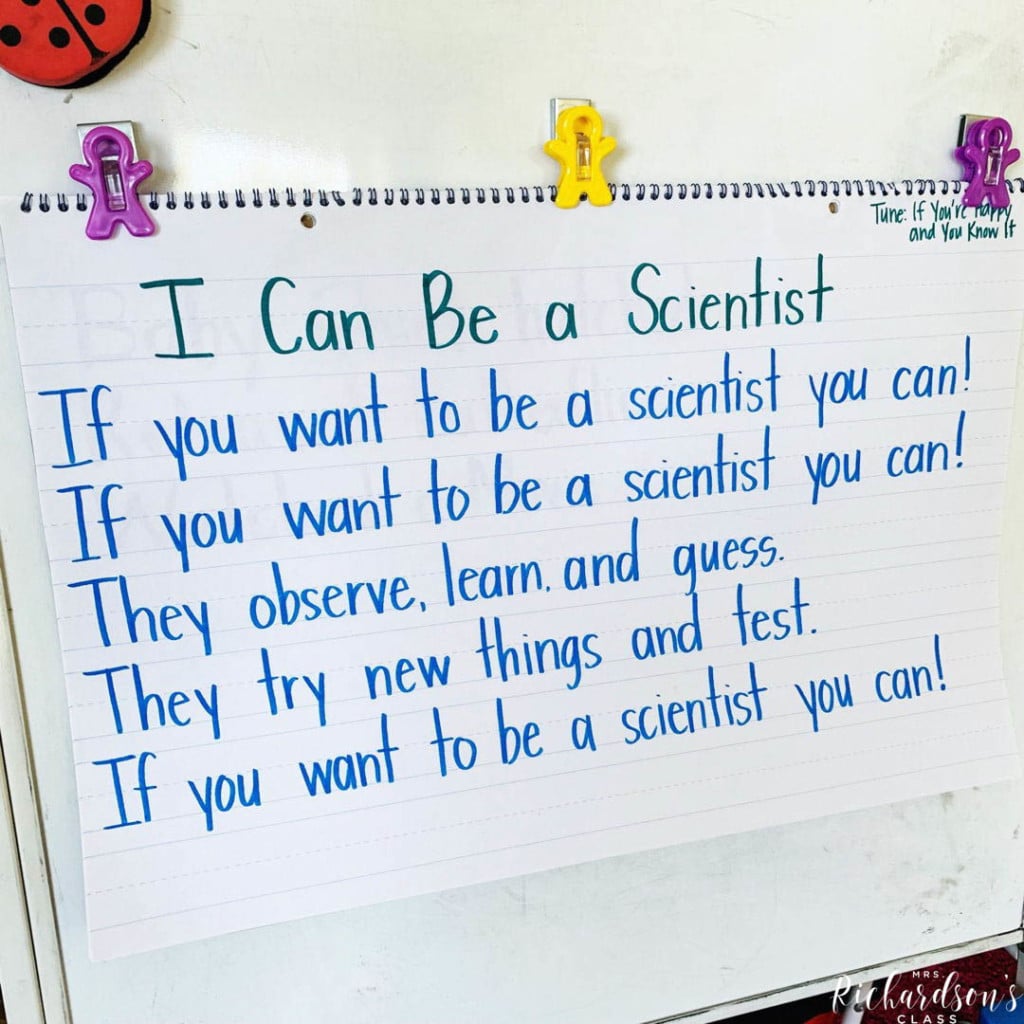
Use Zoom or another live meeting platform to share your screen with your students. I would suggest taking a screenshot of your poem and putting it in Google Slides or another program that you can annotate on. The goal is for students to be able to see the poem and for you to be able to mark on it.
Prior to reading, the teacher sets the purpose for reading and chooses a teaching point. This is the heart of shared reading. If your teaching point is strong and meaningful, this can be a powerful part of your day. Shared reading is a great opportunity to provide:
Next, model reading the poem aloud with fluency and expression. Let the students read the poem with you. If you have younger readers, they can repeat after you line by line if needed.
Look for opportunities to practice sight words or phonics. You can have students identify sight words in the poem, you circle them, and then students can write them three times fast on a piece of paper.
For phonemic awareness and phonics, you can have students identify rhyming words, syllables, beginning/middle/ending sounds, etc. Students can use whiteboards at home or plain paper to record responses. Whatever they have access to will work!
You can email the poem to students or share it through your learning platform so students can read the poems at home throughout the year. They love coming back to a text that they know they can successfully read.
You can use any poem or song for virtual shared reading that you want. For kindergarteners, you can use this FREE poem on my blog.
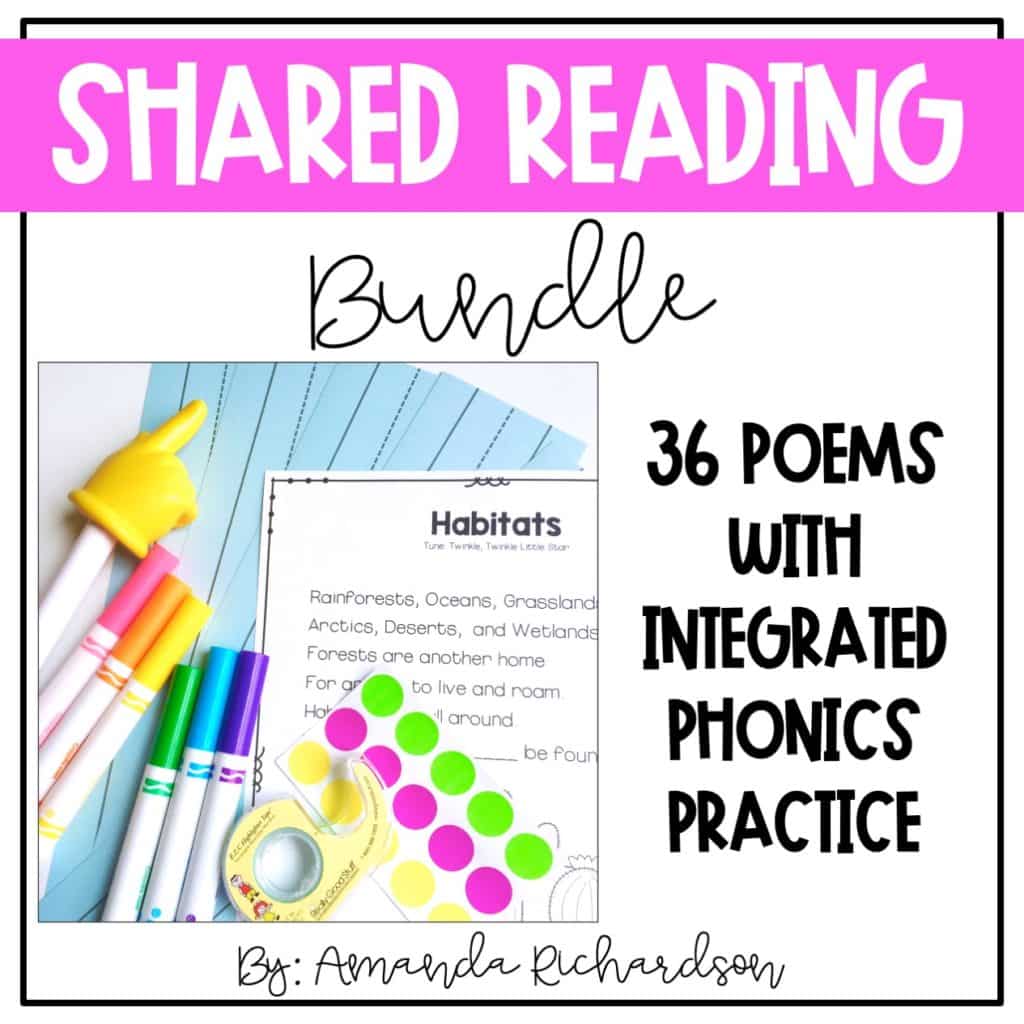
Next, you can use the monthly shared reading poems I created that integrate science topics. Each month has four poems – one for each week. Each week’s poem also has a whole group phonics activity and two student phonics activity pages. If you want to save the most, grab the year-long bundle with 36 poems and coordinating activities.
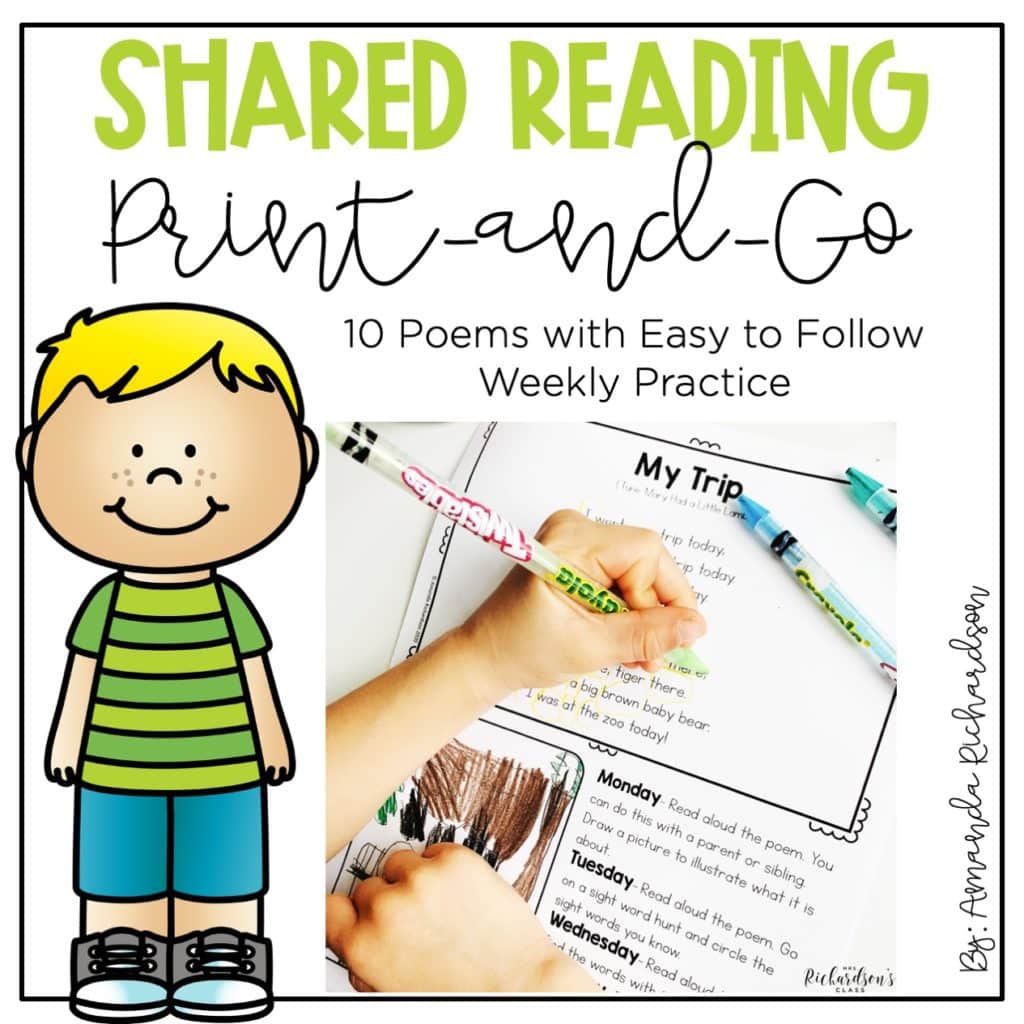
Finally, I have a Shared Reading Print-and-Go resource. It has ten poems as well as five days worth of quick-practice for students to do.
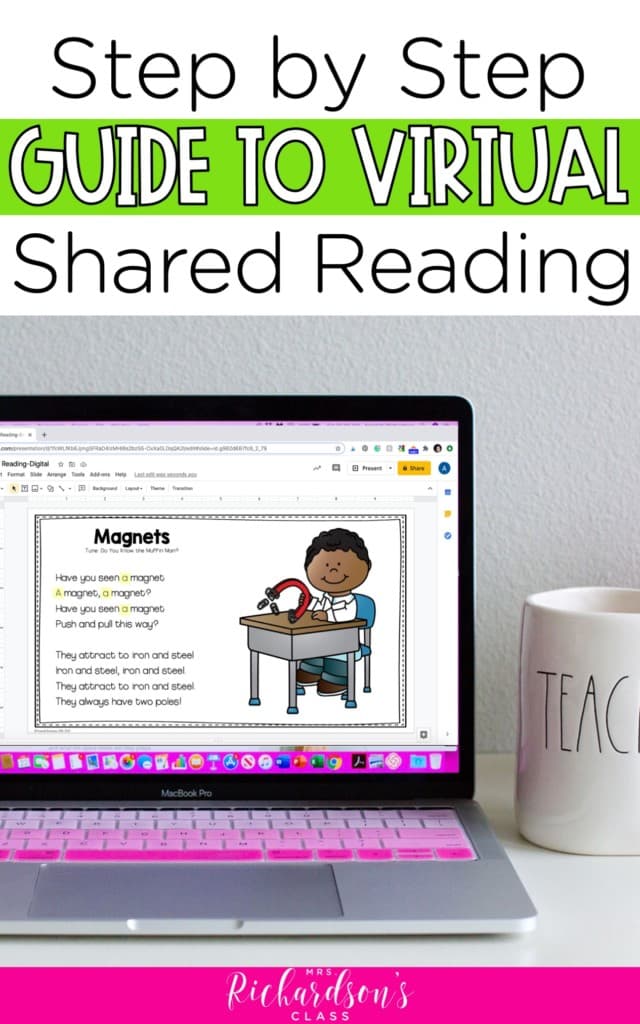
Take the 15 minutes a day for virtual shared reading to help boost your readers, provide meaningful practice, and build their confidence.
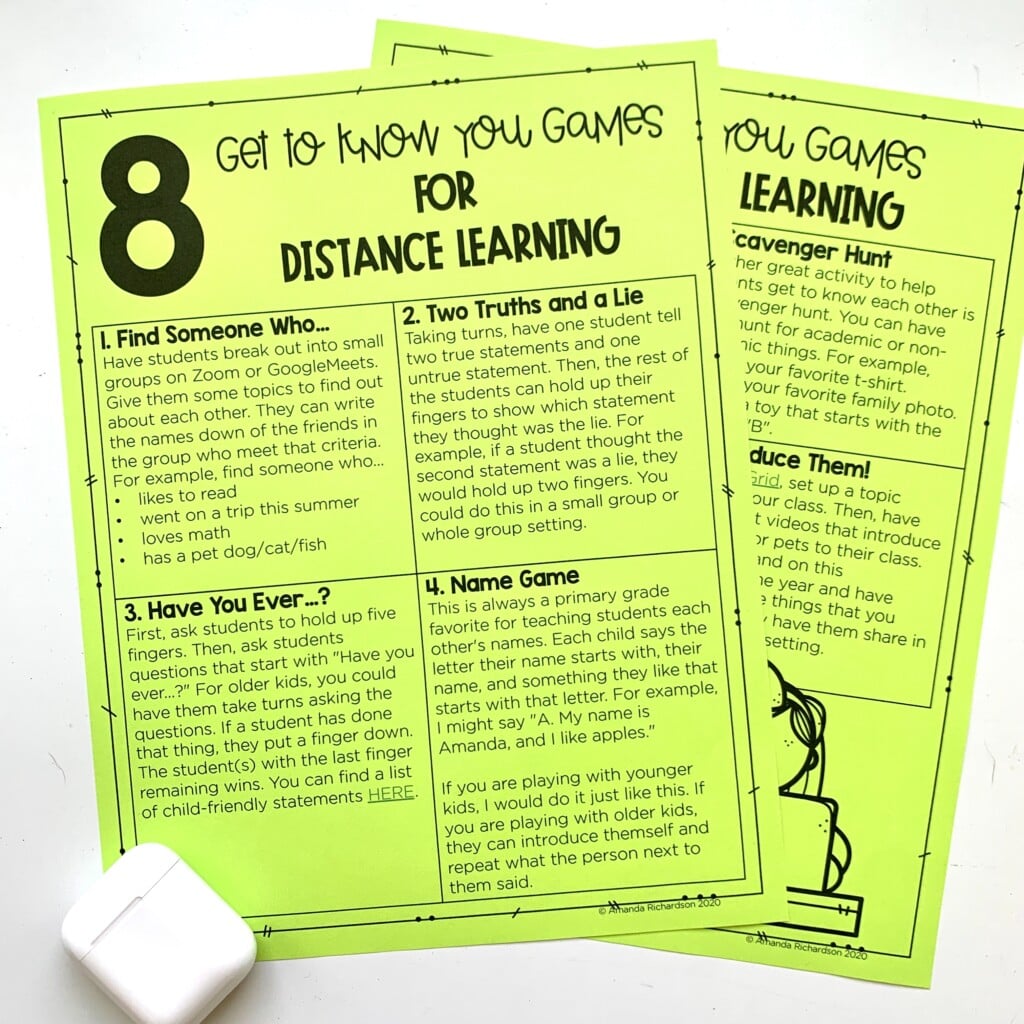

I’m a K-1 teacher who is passionate about making lessons your students love and that are easy to implement for teachers. Helping teachers like you navigate their way through their literacy block brings me great joy. I am a lifelong learner who loves staying on top of current literacy learning and practices. Here, you’ll find the tools you need to move your K-2 students forward!
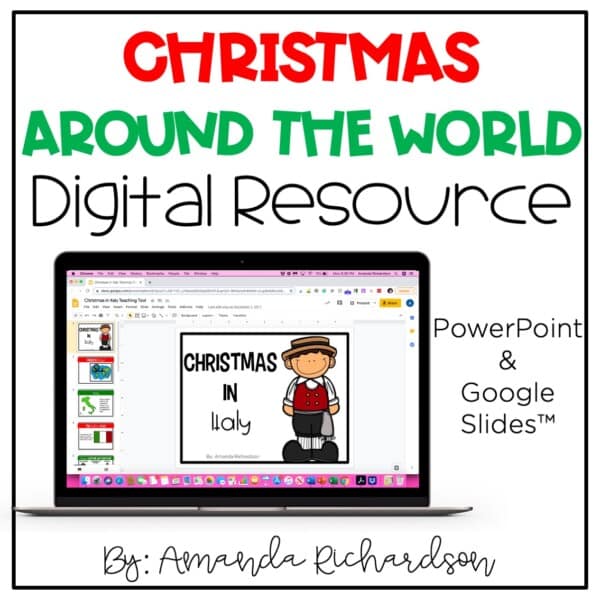


| Cookie | Duration | Description |
|---|---|---|
| cookielawinfo-checkbox-analytics | 11 months | This cookie is set by GDPR Cookie Consent plugin. The cookie is used to store the user consent for the cookies in the category "Analytics". |
| cookielawinfo-checkbox-functional | 11 months | The cookie is set by GDPR cookie consent to record the user consent for the cookies in the category "Functional". |
| cookielawinfo-checkbox-necessary | 11 months | This cookie is set by GDPR Cookie Consent plugin. The cookies is used to store the user consent for the cookies in the category "Necessary". |
| cookielawinfo-checkbox-others | 11 months | This cookie is set by GDPR Cookie Consent plugin. The cookie is used to store the user consent for the cookies in the category "Other. |
| cookielawinfo-checkbox-performance | 11 months | This cookie is set by GDPR Cookie Consent plugin. The cookie is used to store the user consent for the cookies in the category "Performance". |
| viewed_cookie_policy | 11 months | The cookie is set by the GDPR Cookie Consent plugin and is used to store whether or not user has consented to the use of cookies. It does not store any personal data. |
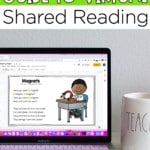
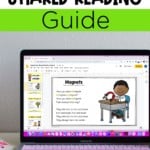
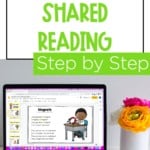
2 Responses
Amanda, how do you actually show big books virtually? I have several shared reading big books that I would love to use but don’t know how to show them virtually.
Hi Paula! I would set up the big book on an easel, or a makeshift one, and zoom in on the text as much as possible! I have used a chalkboard sandwich board (that was home decor) and my carpet to help hold up the big book in the past!